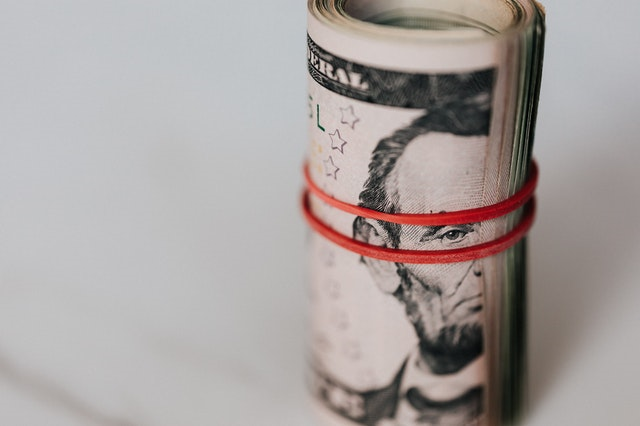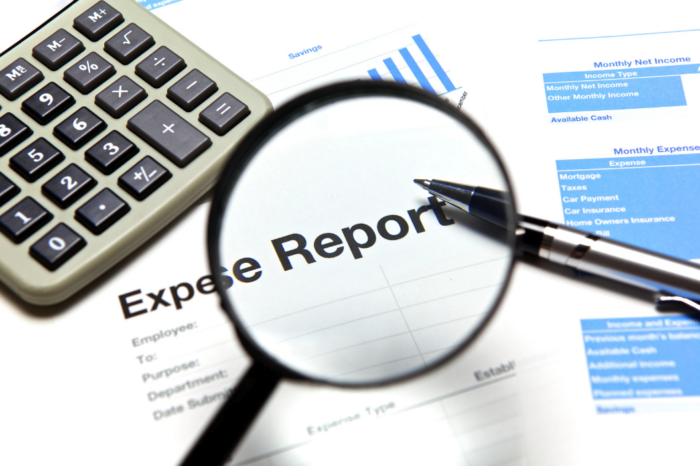Depreciation, bad debts, advertising expenditures, and research and development are some expenses that fall under noncash expenses. Noncash expenses are categories of company expenses that are not paid in cash and are non-tangible.
Because these assets do not produce any cash flow, it is impossible to utilize them as collateral for loans or convert them into stock. In addition, noncash expenses do not deduct any funds from a company's revenue, but they have a value that can be quantified in terms of money. As a result, they are quite significant and need to be precisely accounted for. The following are some examples of items that might result in noncash expenses:
Over time, the value of assets such as buildings, cars, and equipment deteriorated.
Insurance charges for items such as general liability insurance, worker's compensation insurance, fire, and theft coverage on property, Rent and occupancy expenses for leased premises or office space
Office equipment
Types of Noncash Expenses
Depreciation
A technique of accounting known as depreciation is used to acknowledge the gradual reduction in the value of fixed assets (property, plant, and equipment) over time. As long as it satisfies the conditions the IRS sets, depreciation may be written off as expenditure on your taxes.
Depletion
The term "depletion" refers to an accounting technique used to record the gradual decline in value that occurs with using specific resources over time, such as mining rights or oil fields.
Amortization
Amortization is the procedure used to ascertain the annual costs for intangible resources and reduce them from the financial statement account balances to reflect a pattern of using them up equally throughout each year's period. This is done to reflect a pattern of using them over time.
Deferred Charges
The expenditures associated with these charges will not become due until some point in the foreseeable future. Prepaid rent is an example of a typical delayed payment for a small firm.

How Are Expenses That Are Not Payable in Cash to Be Accounted For?
In most cases, financial accounts will classify noncash expenses as assets. It is crucial to be able to give value to them and distinguish them from other expenses, such as purchases made with cash or credit cards, since they are necessary for the firm's operations. The long-term financial health of a company needs to have an accurate picture of the amount of money flowing into the company vs. the amount left out of the company. This will assist with that.
The process of assigning a value to in-kind products and services is meant to be reported as noncash expenses. Firms need to carry out this activity since doing so assists in gaining a better grasp of the genuine financial picture of a company. Calculating the entire cost of depreciation, amortization, and depletion of the item for the given year is required to record noncash expenses when filing taxes. After that, you take this figure and add it to the number representing your tax return's gross income.
How Do You Plan For Expenses That Are Not Cash?
The forecasting of noncash expenses might be more challenging than the forecasting of cash expenses, yet both are essential for the completion of a financial projection. Depreciation, amortization, and other expenditures that cannot be immediately turned into cash are noncash expenses. The value of assets tends to deteriorate with time or become outdated, often resulting in a rise in the costs associated with these sorts of expenses. The expenditure will be proportionally larger than the asset's value if the depreciation rate is higher. Examine the various approaches to depreciation and figure out which one (or one) works best for your company.
- Depreciation using a straight line
- Total of the digits representing the years of depreciation
- A quickening of the pace of depreciation
- Depreciation on the double for the falling balance
What Is Noncash Revenue?

"Noncash revenue" refers to earnings from methods other than cash transactions. This might come from cash flows from financial instruments, payments from debtors, or revenues from the sale of fixed assets. Because of the rise in popularity of e-commerce transactions and digital sales, noncash revenue is sometimes referred to as accruing or "unrealized" revenue by accountants. This kind of revenue may be a substantial source of income for many firms. It is also a useful approach to correctly analyze genuine company success since it removes nonrecurring occurrences like one-time sales or loan repayments, which are examples of things that might skew the results.




